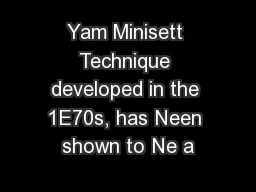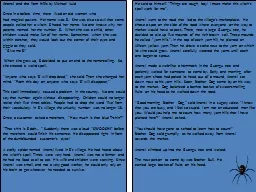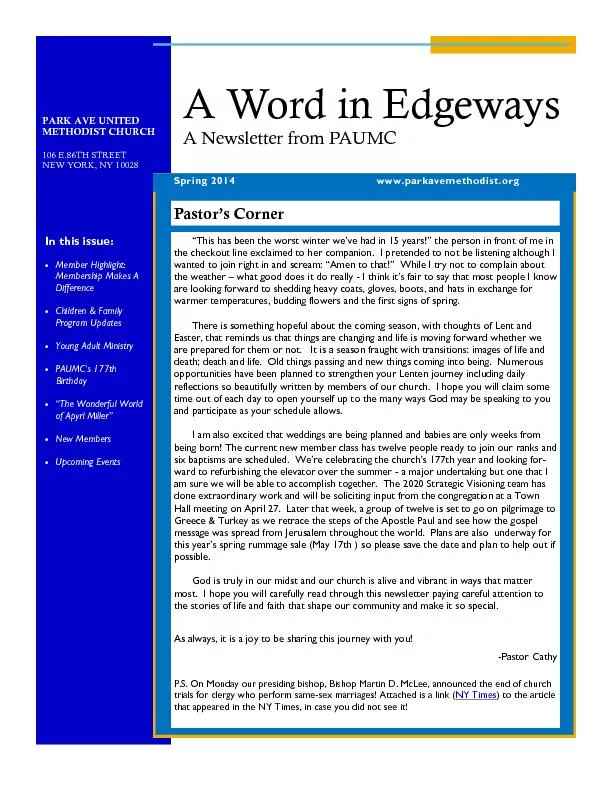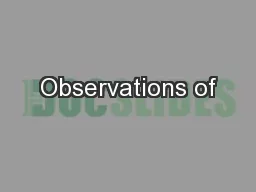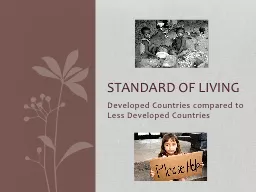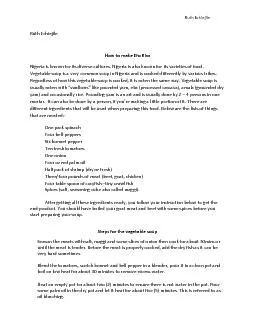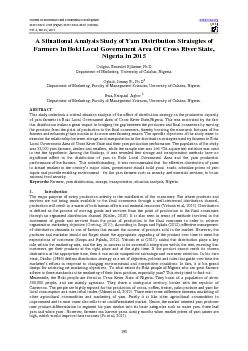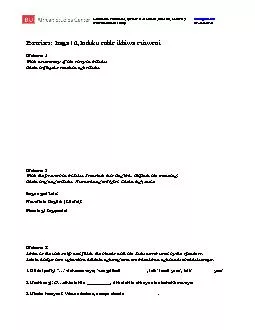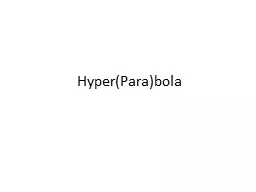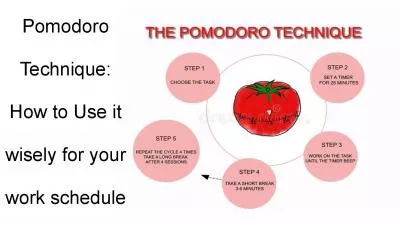PDF-Yam Minisett Technique developed in the 1E70s, has Neen shown to Ne a
Author : natalia-silvester | Published Date : 2015-12-10
Key fact Yam species are a staple food for at least 60 million people in West Africa particularly those Institute of Tropical Agriculture IITA project in Kogi and
Presentation Embed Code
Download Presentation
Download Presentation The PPT/PDF document "Yam Minisett Technique developed in the ..." is the property of its rightful owner. Permission is granted to download and print the materials on this website for personal, non-commercial use only, and to display it on your personal computer provided you do not modify the materials and that you retain all copyright notices contained in the materials. By downloading content from our website, you accept the terms of this agreement.
Yam Minisett Technique developed in the 1E70s, has Neen shown to Ne a: Transcript
Download Rules Of Document
"Yam Minisett Technique developed in the 1E70s, has Neen shown to Ne a"The content belongs to its owner. You may download and print it for personal use, without modification, and keep all copyright notices. By downloading, you agree to these terms.
Related Documents

